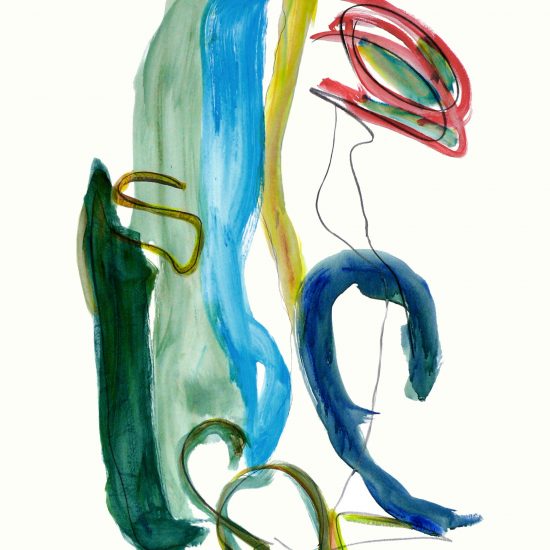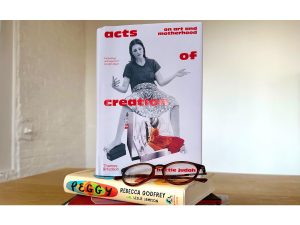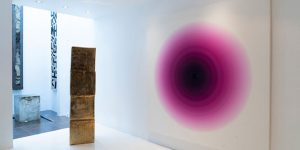Line art, characterized by its simplicity and elegance, has captivated artists and art enthusiasts for centuries. This artistic style uses lines to create images without gradients or shading, emphasizing form and composition. In this article, we’ll explore its history, techniques, and contemporary applications.
The Origins and Evolution of Line Art
Line art has a history dating back to ancient civilizations. Early examples can be found in Egyptian hieroglyphs and Greek pottery, where lines were used to depict stories and convey messages. Over time, this style evolved, influencing various art movements and styles.
Historical Significance
In ancient Egypt, line art was employed in hieroglyphs to document history and religious texts. These lines were more than just artistic expressions; they were a means of communication. Similarly, in ancient Greece, line drawings adorned pottery, capturing scenes from daily life and mythology.
Source: Flickr.com – hieroglyphs
Renaissance and Beyond
During the Renaissance, artists like Leonardo da Vinci and Albrecht Dürer elevated line art to new heights. Their sketches and engravings showcased the potential of lines to convey depth and dimension. This period marked a significant evolution in the technique, blending science and art to achieve greater realism.
Modern Interpretations
In contemporary times, line art continues to thrive, with artists experimenting with digital mediums and abstract forms. Its simplicity allows for versatility, making it popular in graphic design, illustrations, and even tattoos. Artists like Yuri Vishnevsky have furthered this evolution by incorporating generative algorithms, creating dynamic and interactive art pieces (designboom).
Techniques and Styles in Line Art
The beauty of line art lies in its versatility. Artists use various techniques and styles to achieve different effects, from delicate and intricate designs to bold and abstract compositions.
Continuous Line Drawing
One popular technique is continuous line drawing, where the artist creates an image without lifting the pen or pencil from the paper. This method requires precision and planning, as each line must flow seamlessly into the next. The result is often a fluid and cohesive piece that captures the essence of the subject.
Hatching and Cross-Hatching
Hatching involves drawing closely spaced parallel lines to create texture and shading. Cross-hatching builds on this by adding another layer of lines at an angle, enhancing the depth and contrast. These techniques are commonly used in engravings and illustrations to add dimensionality to otherwise flat images.
Abstract Line Art
The abstract version of this style breaks away from traditional forms, focusing instead on patterns, shapes, and compositions. This style often emphasizes the expressive potential of lines, exploring how simple strokes can evoke emotions and convey complex ideas. Artists like Kenji Abe use abstract line art to challenge viewers’ perceptions and invite contemplation of natural forms (designboom).
The Impact of Line Art in Modern Design
In today’s digital age, it has found new applications and significance in various design fields, from branding to digital media.
Graphic Design
Line art’s clean and minimalist aesthetic makes it a favorite in graphic design. It is commonly used in logos, icons, and illustrations, providing a clear and concise visual message. The simplicity of line art allows it to be easily scalable and versatile, fitting well in both print and digital formats.
Digital Art and Animation
With the advent of digital tools, artists can create intricate line art using software like Adobe Illustrator and Procreate. These tools offer precision and flexibility, enabling artists to experiment with different line weights and styles. Additionally, animation in this style has become popular, with artists creating engaging and dynamic visuals using minimalistic lines.
Interactive Art
Innovative artists like Gregory Euclide have expanded the boundaries of line art by incorporating interactive elements. Euclide’s installations, for example, combine traditional line drawing with mixed media and found objects, creating immersive experiences that engage viewers on multiple levels (designboom).
Notable Line Artists and Their Contributions
Several artists have made significant contributions to the world of line art, each bringing their unique perspective and style.
Faith Ringgold
Renowned for her story quilts, Faith Ringgold integrates line art with textile work to address social and political issues. Her quilts, like “Tar Beach,” use bold lines and vibrant colors to tell stories of African American life, blending narrative and visual art in a compelling way (Hyperallergic).
Yuri Vishnevsky
Vishnevsky’s “Weavesilk” project showcases the fusion of technology and art. Using a generative algorithm, Vishnevsky creates intricate line art that evolves dynamically, allowing users to interact and create their unique pieces. This innovative approach highlights its potential in the digital era. (designboom).
Kenji Abe
Kenji Abe’s work often explores the natural world through abstract lines. His pieces, such as the “Ruler of Horizontal Line,” invite viewers to contemplate natural phenomena like the curvature of the Earth. Abe’s use of playful and thought-provoking lines demonstrates the expressive power of minimalist art (designboom).
The Future of Line Art
As technology advances, the future of line art looks promising, with new tools and platforms enabling artists to push the boundaries of this timeless style.
Virtual Reality and 3D Modeling
Virtual reality (VR) offers exciting possibilities by, allowing artists to create and explore three-dimensional line drawings in an immersive environment. This technology can transform static art into interactive experiences, offering new ways for viewers to engage with the art.
The Impact of AI on Line Art
Artificial intelligence (AI) continues to revolutionize art creation, with algorithms capable of generating complex and intricate art. Artists can collaborate with AI to produce unique pieces, exploring new aesthetics and techniques that blend human creativity with machine precision.
Sustainability and Eco-Friendly Practices
In response to environmental concerns, many artists are adopting sustainable practices, using recycled materials and eco-friendly tools for their art. This shift not only addresses ecological issues but also inspires innovative approaches to traditional techniques.
In conclusion, line art remains a dynamic and evolving form of artistic expression. From its historical roots to contemporary applications, it continues to captivate and inspire. As artists explore new techniques and technologies, it will undoubtedly remain a vital and influential part of the art world.




